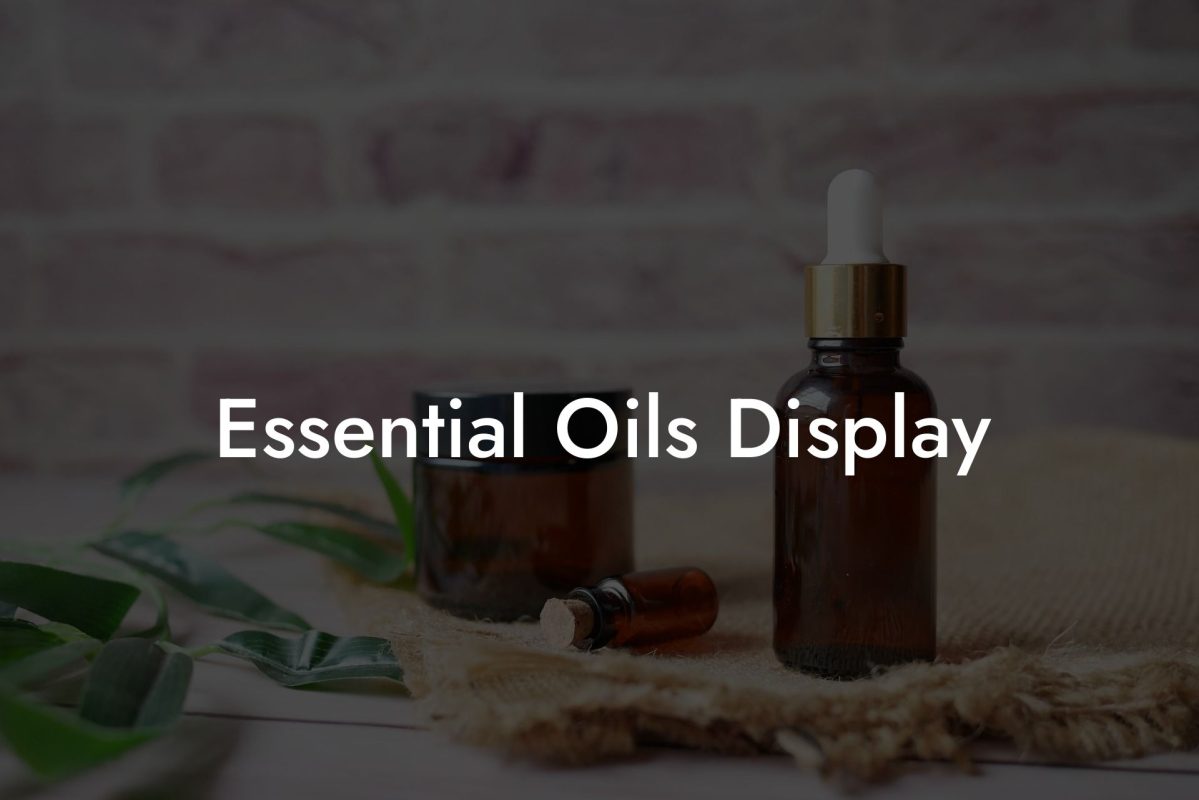Discover the art of blending essential oils with our comprehensive and easy-to-follow Essential Oils Blending Chart. Dive into the world of aromacology and enhance your wellbeing by creating your very own blends to suit your needs and preferences.
Table of Contents
Understanding Essential Oil Categories
To begin blending essential oils, it’s important to familiarize yourself with the categories they fall into. Essential oils are typically grouped based on their aromatic properties and therapeutic benefits. The main categories include:
- Citrus (e.g., Lemon, Orange, Grapefruit)
- Floral (e.g., Jasmine, Lavender, Rose)
- Herbaceous (e.g., Basil, Rosemary, Thyme)
- Spicy (e.g., Cinnamon, Clove, Ginger)
- Woodsy (e.g., Cedarwood, Pine, Sandalwood)
- Earthy (e.g., Patchouli, Vetiver, Oakmoss)
- Resinous (e.g., Myrrh, Frankincense, Copal)
- Minty (e.g., Peppermint, Spearmint, Eucalyptus)
Blending Basics: How to Mix Essential Oils
When blending essential oils, it’s essential to consider not only the scents but also the therapeutic benefits you want to achieve. Keep the following guidelines in mind when creating your blends:
- Start with a clear intention and focus on what you desire from your blend. For example, do you want to promote sleep, reduce stress, or increase focus?
- Choose oils that complement each other in terms of scent and therapeutic properties. Refer to the Essential Oils Blending Chart below for guidance on which oils pair well together.
- Start small, especially when experimenting with new blends. Mix just a few drops of each oil in a separate container before adding more to balance out the scents and properties.
- Always use high-quality, 100% pure essential oils. At Oshu Oils, our Artisan Essential Earth Oils are expertly crafted by our team of aromacologists to ensure the highest quality and efficacy.
Essential Oils Blending Chart
Use this blending chart as a starting point to create your own unique essential oil combinations:
| Category | Essential Oil | Blends Well With |
|---|---|---|
| Citrus | Lemon | Lavender, Rosemary, Eucalyptus, Geranium |
| Floral | Jasmine | Rose, Sandalwood, Ylang Ylang, Citrus Oils |
| Herbaceous | Basil | Bergamot, Lavender, Lemon, Rosemary |
| Spicy | Cinnamon | Orange, Clove, Ginger, Ylang Ylang |
| Woodsy | Cedarwood | Juniper, Lavender, Pine, Vetiver |
| Earthy | Patchouli | Lavender, Orange, Sandalwood, Ylang Ylang |
| Resinous | Frankincense | Lavender, Lemon, Sandalwood, Ylang Ylang |
| Minty | Peppermint | Eucalyptus, Lavender, Lemon, Rosemary |
Essential Oils Blending Chart Example:
Imagine you want to create a calming blend to promote relaxation and tranquility. You might select the following oils:
– Lavender (Floral): Promotes relaxation and eases tension
– Cedarwood (Woodsy): Grounding and calming
– Orange (Citrus): Uplifting and stress-relieving
Following our blending guidelines, start with equal parts of each oil. Adjust as needed, adding more drops of your preferred oil to create a scent you love. Once you’ve found the perfect balance, you can use this blend in a diffuser, a DIY room spray, or even mixed with a carrier oil for topical use.
Now that you’re equipped with the knowledge and tools to expertly blend essential oils, the possibilities are endless. Feel empowered to experiment with various combinations to find the perfect blends for your needs. Don’t forget to share your creations with loved ones and spread the word about the benefits of aromacology. For more expert guidance and to explore the Oshu Oils range of Artisan Essential Earth Oils, head over to our website and dive deeper into the world of essential oils.





















